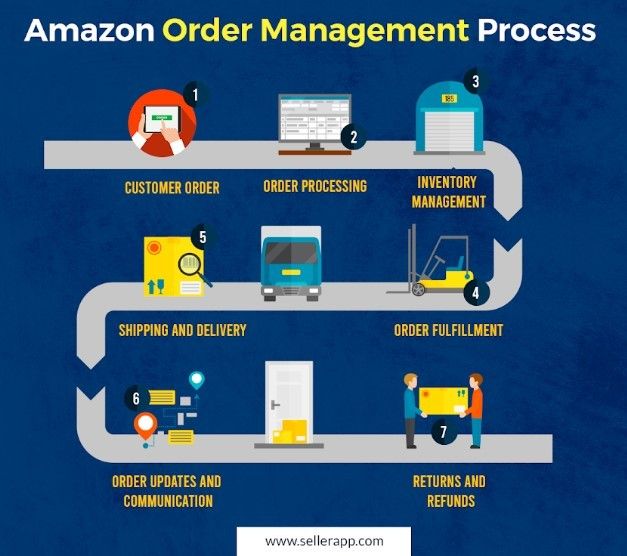At its core, modern order management is about orchestration. It's the conductor that ensures every instrument in the supply chain symphony plays in harmony.
"Think of it as the brain of your operation," explains Dr. Rajiv Chopra, Professor of Operations Management at MIT Sloan. "It takes in vast amounts of data from across the network, processes it in real-time, and makes intelligent decisions that ripple through the entire system."
This intelligence manifests in several key ways:
- Predictive Analytics: By analyzing historical data and market trends, these systems can forecast demand with uncanny accuracy. This allows companies to optimize inventory levels and preemptively adjust production schedules.
- Dynamic Routing: Gone are the days of fixed fulfillment paths. Smart order management systems can instantly recalculate the most efficient route for each order based on real-time conditions.
- Intelligent Allocation: When inventory is constrained, these systems can prioritize orders based on factors like customer value, contractual obligations, and profit margins.
- Seamless Omnichannel Integration: As the lines between online and offline commerce blur, order management systems serve as the crucial bridge, ensuring a consistent experience across all channels.
No discussion of order management excellence would be complete without mentioning Amazon. The e-commerce giant's ability to deliver millions of items with lightning speed and pinpoint accuracy is the stuff of legend. But behind this logistical wizardry lies a sophisticated order management system that's constantly evolving.
"Amazon's secret sauce is its ability to turn every order into a learning opportunity," says Sarah Chen, a supply chain consultant who has worked with several Fortune 500 companies. "Their system doesn't just process orders; it continuously optimizes based on performance data."
This relentless focus on improvement has allowed Amazon to push the boundaries of what's possible in fulfillment. From anticipatory shipping (where items are shipped before they're even ordered) to their Prime Air drone delivery initiative, Amazon's order management capabilities have become a formidable competitive moat.
While the potential of advanced order management is clear, implementation is not without its hurdles. Legacy systems, data silos, and organizational inertia can all impede progress.
"The biggest challenge we see is integration," notes Mark Thompson, CTO of LogisticsPro, a leading supply chain software provider. "Companies often have a patchwork of systems that don't talk to each other. Creating a unified view of the order lifecycle requires significant investment and change management."
Data quality is another critical issue. "Garbage in, garbage out," as the old IT adage goes. For order management systems to deliver on their promise, they need clean, standardized data from across the organization.
Despite these challenges, the opportunities are immense. Advanced order management can unlock new levels of efficiency, customer satisfaction, and profitability. Some forward-thinking companies are even turning their order management capabilities into new revenue streams by offering fulfillment as a service to smaller players.
As we look to the future, several trends are shaping the evolution of order management:
- AI and Machine Learning: These technologies will enable even more sophisticated predictive capabilities and autonomous decision-making.
- Blockchain Integration: Distributed ledger technology promises to enhance transparency and traceability across complex supply networks.
- IoT and Edge Computing: Real-time data from connected devices will allow for even more granular control and optimization.
- Sustainability Focus: Order management systems will increasingly factor in environmental considerations, optimizing for carbon footprint alongside traditional metrics.
Investing in advanced order management is no longer optional. It's a strategic imperative for any company looking to thrive in an increasingly complex and volatile business environment.
"The companies that will win in the next decade are those that view order management as a core competency," predicts Rodriguez of GlobalTech Solutions. "It's not just about fulfilling orders anymore. It's about creating a responsive, intelligent supply chain that can adapt to whatever the world throws at it."
As supply chains continue to grow in complexity, smart order management systems are emerging as the unsung heroes of global commerce. They're the invisible hand guiding goods across oceans and continents, ensuring that the right product reaches the right place at the right time. For business leaders navigating the choppy waters of global trade, mastering this technology may well be the key to staying afloat – and sailing ahead of the competition.


